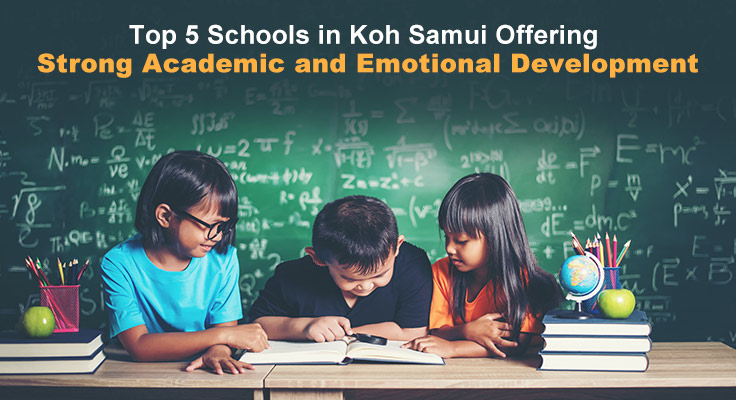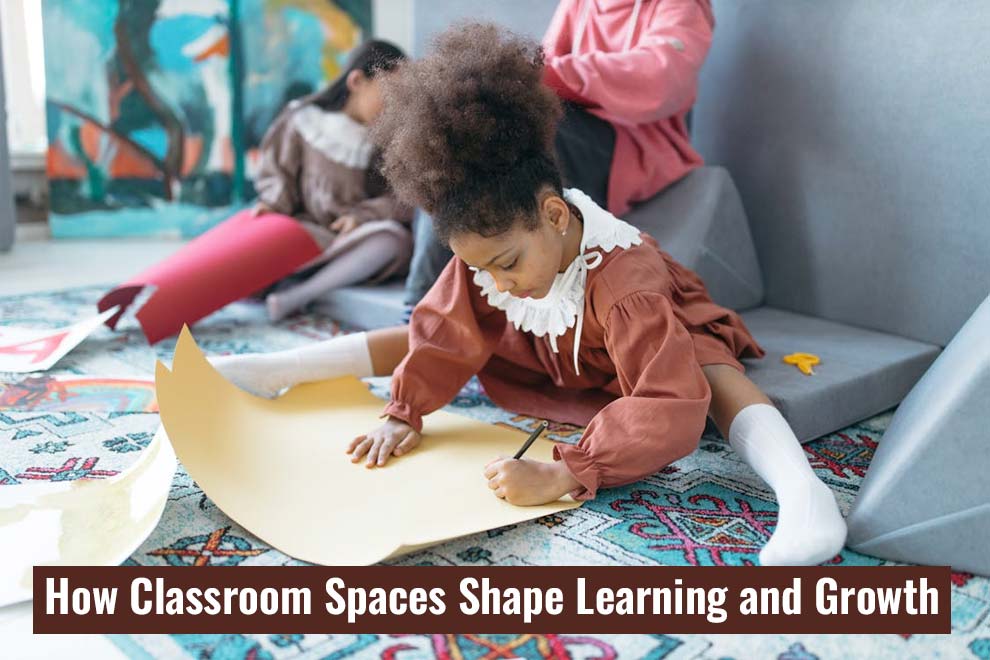Ever wonder if there are more options for your child’s education than your neighborhood public school? Have you heard about charter schools but felt overwhelmed by all the information? Worry not! Charter schools are a growing trend in the educational landscape, offering unique approaches to learning. But do they suit your family well?
This comprehensive guide will equip you with everything you need to know about C-schools. We’ll explore their history, dive into the key benefits and challenges, and provide a helpful checklist for choosing the perfect school for your child.
Besides that, we’ll explore success stories and equip you with resources to navigate the application process with confidence. So, let’s begin!
What Are Charter Schools (CS)?
CS are independently run public schools with more operational flexibility than traditional public schools. This flexibility allows for innovation in curriculum and teaching methods while meeting specific academic and financial standards.
The application process varies; some schools use a lottery system when there are more applicants than available spots, ensuring fairness and equal opportunity. Moreover, schools are accountable for student performance and must demonstrate the ability to improve student achievement. Failure to meet their charter’s terms can result in closure.
Teachers in CS often have more freedom to design unique lesson plans that fit their students’ needs. They further emphasize choice, innovation, and accountability than traditional public schools. They also give families other educational options.
History and Evolution
Charter schools began in the early 1990s, with the first CS opening in Minnesota in 1992. Their goal was to provide innovative educational options while maintaining public funding. Since then, they have grown rapidly with over 8,000 charter schools as of 2024.
Initially seen as a solution to educational challenges, C-schools have evolved to focus on diverse learning models and specialized curriculums. However, their growth has sparked debates about their impact on traditional public schools and funding equity.
5 Key Benefits of Charter Schools
- Smaller Class Sizes: This fosters a supportive learning environment where students receive more individual attention, enhancing academic growth.
- Community and Parental Involvement: Parents often play an active role in school activities and decision-making, strengthening the school community and supporting student success.
- Curriculum Flexibility: Teachers can tailor lessons to student needs, making learning more personalized and effective.
- Encouragement of Innovation: New teaching methods and programs can be implemented quickly, potentially improving student outcomes.
- Specialized Programs: C-schools can focus on areas like STEM, arts, or language immersion. Also, they provide students with unique opportunities to explore their interests and develop specific skills.
Comparing Charter Schools to Traditional Public & Private Schools
| Feature | Charter Schools | Traditional Public Schools | Private Schools |
| Funding | Publicly funded but independently operated | Fully publicly funded | Funded by tuition, donations, and private grants |
| Curriculum | Can vary widely; often specialized or innovative | Standardized according to district/state guidelines | Can vary widely; often includes unique programs |
| Admissions | Open to all students; may have a lottery if oversubscribed | Must accept all students within the district | Selective; often based on academic, religious, or other criteria |
| Accountability | Must meet state and federal academic standards; can be closed for underperformance | Must meet state and federal academic standards | Accountable to parents and governing bodies; varies by institution |
| Teacher Requirements | Certification requirements vary by state; may have more flexibility in hiring | Must meet state certification requirements | Requirements vary; often require certification, may prefer advanced degrees |
| Class Size | Generally smaller than public schools | Can vary widely, often larger | Generally smaller; often a selling point |
| Tuition | Free | Free | Tuition-based; can be expensive |
| Autonomy | Greater autonomy in operations and curriculum | Less autonomy; governed by district policies | High autonomy; set own policies and curriculum |
| Special Programs | Often offer unique programs and approaches | Standardized programs; some special programs available | Often offer specialized programs, extracurriculars |
| Facilities | Can vary; sometimes less well-equipped than public schools | Generally well-equipped; funded by district | Can vary widely; often well-funded and equipped |
Challenges and Criticisms
Charter schools face several challenges and criticisms. Recent data shows that while some schools excel, others struggle, leading to calls for stricter oversight. Approximately 15% of C-schools have been closed due to poor performance or mismanagement, highlighting the need for consistent standards.
Additionally, charter schools are criticized for potentially diverting funds from traditional public schools. As more families choose charters, traditional schools may face budget cuts and reduced resources, causing educational inequities. Thus, balancing these needs remains a significant challenge for policymakers.
Considerations for Choosing a Charter School
- Academic Performance: Look at test scores and graduation rates to estimate the school’s effectiveness.
- Curriculum and Programs: Ensure they align with your child’s interests and needs, such as a strong STEM program for a child excelling in science.
- School Environment: Visit the school to observe class sizes and teacher-student interactions. This will further help you witness an engaging atmosphere that is crucial for learning.
- Accountability and Oversight: Ensure the school meets state standards and has a good track record to avoid potential issues.
- Parental Involvement: Schools with active parent communities often provide better support for students.
The Future of Charter Schools (CS)
The future of CS looks promising yet dynamic. In 2023, over 3.7 million students attend CS, reflecting a growing interest in educational alternatives.
Moving forward, schools are expected to expand their innovative approaches, focusing on personalized learning and specialized curriculums. However, they will face challenges such as increased scrutiny and competition for funding.
Besides that, new technologies and educational models will likely play a key role, in driving further evolution. Overall, CS will continue to adapt, aiming to provide diverse, high-quality education options for families.
Success Stories and Case Studies
- KIPP (Knowledge is Power Program) Schools: Known for improving student achievement, particularly in underserved communities, with a focus on college readiness.
- BASIS CS: Renowned for its rigorous curriculum, consistently ranking among the top high schools in the nation. They emphasize advanced coursework and student accountability.
- Success Academy in New York City: Excels in student outcomes, outperforming district schools in reading and math scores due to innovative teaching methods and a strong school culture.
- Aspire Public Schools: Focus on closing the achievement gap for low-income students with a holistic approach. They further focus on personalized learning plans and extensive teacher support.
Resources for Parents and Educators
A national directory of C-schools is an invaluable tool for families seeking detailed information. Websites like the National Alliance for Public Schools provide comprehensive lists of C-schools across the U.S. It also includes their locations, programs, and performance data. This resource helps parents make informed choices based on their needs and preferences.
Several organizations support C-schools, offering resources and advocacy. The Charter School Growth Fund and the National School Resource Center provide funding opportunities, best practices, and professional development. Consequently, they help schools improve their operations and educational outcomes.
Additionally, articles and research on school effectiveness offer insights into their impact. Moreover, studies from the Center for Research on Education Outcomes (CREDO) help educators and parents understand the strengths and challenges of charter schools.
Final Thoughts
We explored charter schools and gained a deeper understanding of their unique approach to education. Moreover, we learned about the potential benefits of smaller class sizes and a strong emphasis on parental involvement. We also acknowledged the challenges, including the variation in performance and the ongoing debate about funding equity.
When choosing a CS, the most important factor is finding the best fit for your child’s needs and learning style. As such, don’t hesitate to reach out to schools directly, schedule visits, and ask questions.
Above all, are C-schools the answer for your family? The choice ultimately lies with you. So, we hope this comprehensive guide has empowered you to explore with confidence.
Thanks for reading!










